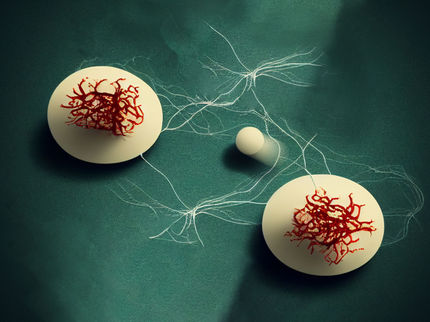New insights into how the brain works
Advertisement
The brain is composed of many different types of neurons, and scientists are just beginning to uncover the functional significance of this vast cellular diversity. At Baylor College of Medicine, Drs. Benjamin Arenkiel, Gary Liu and their colleagues at Baylor, the Jan and Dan Duncan Neurological Research Institute at Texas Children's Hospital and Rice University studied the functional relationships between inhibitory interneurons, a type of nerve cell, and two excitatory cell types, called tufted cells and mitral cells, in the murine olfactory bulb.
Using cell-type specific genetic tools, optogenetic mapping, electrophysiological data, live 2-photon imaging and computational modeling, the researchers discovered that when they removed the ability of inhibitory interneurons to inhibit the activity of tufted cells and mitral cells, these excitatory neurons dramatically changed the way they responded to odors. Unexpectedly, the responses changed more drastically in tufted cells than in mitral cells. The study appears today in the journal Nature Communications.
These findings provide new insights into the complex functional consequences of the vast diversity of cell types in the brain and underscore the need to better understand these relationships in order to grasp how the brain processes sensory information.
Most read news
Other news from the department science

Get the life science industry in your inbox
By submitting this form you agree that LUMITOS AG will send you the newsletter(s) selected above by email. Your data will not be passed on to third parties. Your data will be stored and processed in accordance with our data protection regulations. LUMITOS may contact you by email for the purpose of advertising or market and opinion surveys. You can revoke your consent at any time without giving reasons to LUMITOS AG, Ernst-Augustin-Str. 2, 12489 Berlin, Germany or by e-mail at revoke@lumitos.com with effect for the future. In addition, each email contains a link to unsubscribe from the corresponding newsletter.



















































